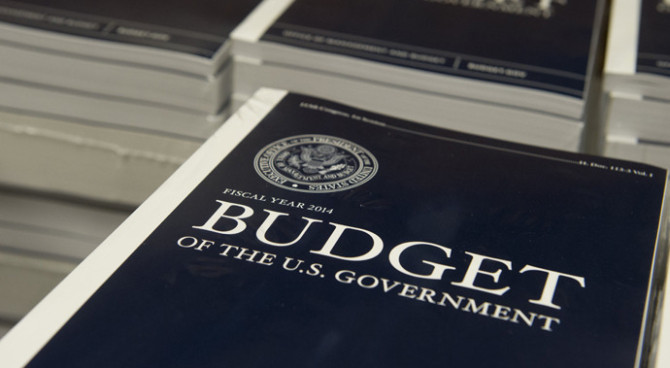The legislation has hit the banking industry hard, hurting the recovery. Worse is its effect on the rule of law.
According to the Federal Deposit Insurance Corp., 1,341 commercial banks have disappeared since 2010. Remarkably, only two new banks have been chartered. By comparison, in the quarter century before the financial crisis, roughly 2,500 new banks were chartered. Even during the Great Depression of the 1930s, an average of 19 new banks a year were chartered.
A Mercatus Center survey found that while community banks have hired 50% more compliance officers to deal with Dodd-Frank, overall industry employment has increased only 5% and remains below precrisis levels. Industrial, consumer and mortgage finance continue to flee the banking system, as the American Bankers Association reported this week that the law’s regulatory burden has led almost half of banks to reduce offerings of financial products and services.
New financial-services technology, such as online and mobile payment systems, has continued to blossom, but almost exclusively outside the banking system. The massive resources of, and talent in, banks have been sidetracked, rather than being employed to make loans and boost the economy.
Worst of all, Dodd-Frank has empowered regulators to set rules on their own, rather than implement requirements set by Congress. This has undermined a vital condition necessary to put money and America back to work—legal and regulatory certainty.
It is true that a certain amount of regulatory flexibility is necessary in many laws. But in the Securities Exchange Act of 1934, and most subsequent banking law before Dodd-Frank, the powers Congress granted to regulators were fairly limited and generally implemented by bipartisan commissions.
Major decisions were debated and voted on in the clear light of day. Precedents and formal rules were knowable by the regulated. And regulators generally had to be responsive to Congress, which controlled agency appropriations. These checks and balances, while imperfect, did promote general consistency and predictability in federal regulatory policy.
This process has been undermined. For example, Dodd-Frank’s Consumer Financial Protection Bureau is not run by a bipartisan commission. And the CFPB’s funding is automatic, virtually eliminating any real ability for elected officials to check its policies. Consistency and predictability are being replaced by uncertainty and fear.
Over the years the Federal Trade Commission and the courts defined what constituted “unfair and deceptive” financial practices. Dodd-Frank added the word “abusive” without defining it. The result: The CFPB can now ban services and products offered by financial institutions even though they are not unfair or deceptive by long-standing precedent.
Regulators in the Dodd-Frank era impose restrictions on financial institutions never contemplated by Congress, and they push international regulations on insurance companies and money-market funds that Congress never authorized. The law’s Financial Stability Oversight Council meets in private and is made up exclusively of the sitting president’s appointed allies. Dodd-Frank does not say what makes a financial institution systemically important and thus subject to stringent regulation. The council does. Banks so designated have regulators embedded in their executive offices to monitor and advise, eerily reminiscent of the old political officers who were placed in every Soviet factory and military unit.
Dodd-Frank’s Volcker rule prohibits proprietary trading by banks. And yet, despite years of delay and hundreds of pages of new rules, no one knows what the rule requires—not even Paul Volcker.
Then there is the “living will,” a plan that banks deemed to be systemically important must submit to the Fed and the FDIC on how they would be liquidated if they fail. The Fed and the FDIC have almost total discretion in deciding whether the plan is acceptable and therefore whether to institute a variety of penalties, including the divestiture of assets.
Large banking firms must undergo stress tests to see if they could survive market turmoil. But what does the stress test test? No one knows. The Fed’s vice chairman,Stanley Fischer, said in a speech last month that giving banks a clear road map for compliance might make it “easier to game the test.” Compliance is indeed easier when you know what the law requires, but isn’t that the whole point of the rule of law?
To limit abuse by the rulers, ancient Rome wrote down the law and permitted citizens to read it. Under Dodd-Frank, regulatory authority is now so broad and so vague that this practice is no longer followed in America. The rules are now whatever regulators say they are.
Most criticism of Dodd-Frank focuses on its massive regulatory burden, but its most costly and dangerous effects are the uncertainty and arbitrary power it has created by the destruction of the rule of law. This shackles economic growth but more important, it imperils our freedom.
Mr. Gramm is a former chairman of the Senate Banking Committee and a visiting scholar at the American Enterprise Institute.



